In today’s competitive martial arts landscape, student retention is more crucial than ever for the vitality of a dojo. While the disciplines teach self-defense and personal growth, it’s the underlying business strategies that keep students engaged and schools flourishing. This blog explores proven coaching methods designed to create an inviting atmosphere for newcomers, develop an engaging curriculum, and build a strong sense of community. We’ll also delve into effective communication techniques and the importance of continuous instructor development. Whether you’re an instructor aiming to enhance your classes or a school owner focused on boosting retention, these insights will equip you with the strategies needed to keep students returning enthusiastically and committed.
Key Takeaways
- Student retention is vital for martial arts schools’ profit and reputation.
- Personalizing the onboarding process boosts students’ sense of belonging and loyalty.
- Creating a supportive martial arts community increases student engagement and retention.
- Regular feedback and open communication contribute to a positive and evolving learning environment.
- Continuous instructor development leads to innovative teaching and enhanced student commitment.
Introduction to Effective Martial Arts Business Coaching for Improved Student Retention
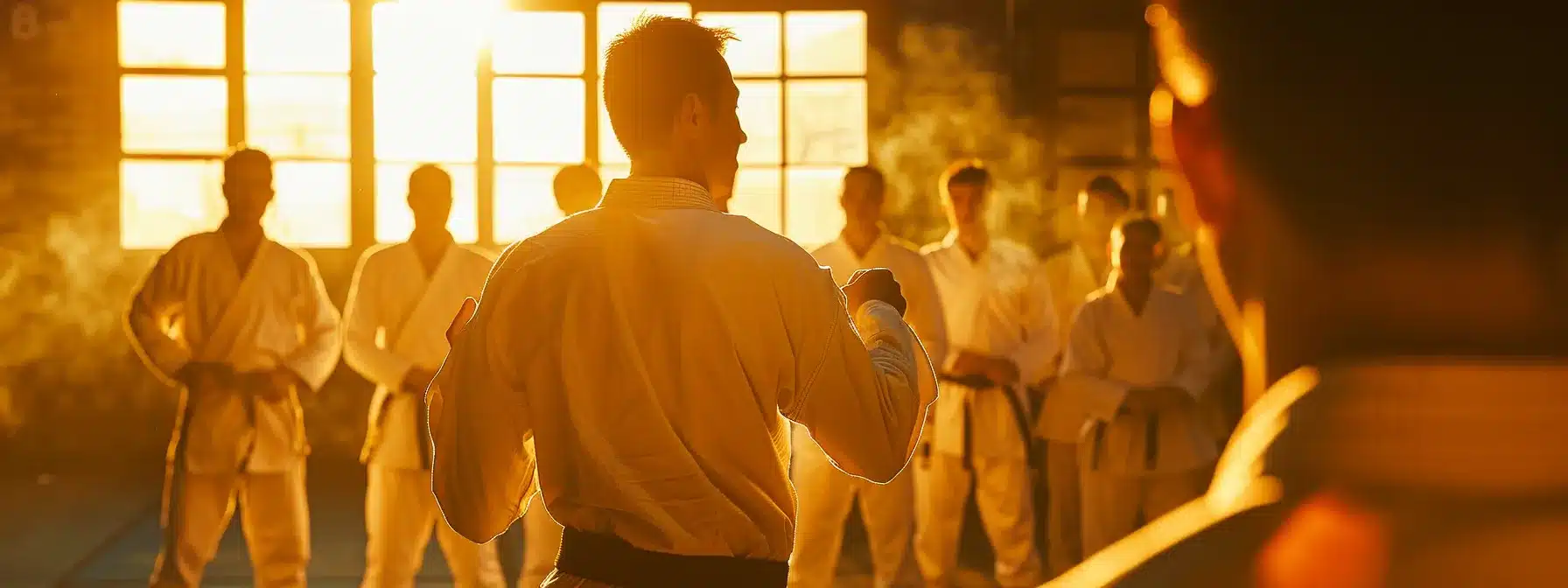
Are martial arts schools struggling to keep students engaged and the dojo vibrant? Keeping students engaged isn’t just about the discipline of martial arts; it’s about smart business strategies. This post shares tried-and-true coaching methods that focus on creating an appealing atmosphere for newcomers, building a captivating curriculum, and fostering a sense of community that strengthens commitment. It also touches on how savvy communication, bolstered by tools like mobile apps and point-of-sale systems, can smooth the path for both education and marketing, ensuring martial arts schools thrive. By reading further, martial arts instructors and school owners will unlock effective martial arts student retention strategies to keep students returning to the dojo eager to learn and grow.
Understanding the Importance of Student Retention in Martial Arts Schools
Instructors have witnessed how crucial student retention is for the longevity of a martial arts school. Seeing a student earn their black belt is a testament to their dedication and the school’s coaching effectiveness. But beyond the pride of that achievement, having these committed students impacts the profit and reputation of schools across the United States. From practicing Muay Thai to mastering traditional forms, retaining students ensures that their martial arts journey—and the business—prospers well into the future.
How Martial Arts Business Coaching Addresses Retention Challenges
Addressing retention challenges starts with enriching the learning experience for each student, whether they are a taekwondo newbie or sharpening advanced skills. Martial arts marketing plays a big role too; it’s not just about attracting new students but keeping current ones excited and motivated. By creating a nurturing environment where students continuously build confidence and skill, schools implement effective martial arts student retention strategies, paving the way for them to stick around, making the schools an integral part of their martial arts journey.
Creating a Welcoming Environment for New Students

Seasoned teachers at mixed martial arts clubs understand the power of first impressions. When new students walk through the doors, the experience they have can decide if they’ll stick around long-term. That’s why focusing on fostering a sense of community immediately and putting special care into personalizing each new member’s onboarding journey is crucial. With the right service mindset, continual feedback loops, and a tailored welcome, retention starts as soon as they sign up.
The First Impressions: Setting the Tone for Long-Term Engagement
When a new student steps into a club, the first interaction must be positive. Ensuring the martial arts software is used effectively allows staff to skip the usual hassle and focus on a personal welcome, setting a positive and professional tone. This streamlined approach highlights the school’s dedication to service, showing the customer that their journey in martial arts is supported by a caring and organized team, a key aspect of martial arts student retention strategies and crucial for driving retention and boosting the school’s revenue.
Strategies for Incorporating a Sense of Community and Belonging
In martial arts studios, fostering a sense of community is vital for student retention. One effective approach is to host regular events that bring everyone together, where students and their families can bond over shared experiences in the art. By highlighting students’ progress in newsletters and on social media, schools celebrate their achievements and reinforce the supportive atmosphere. Strategies like these are essential martial arts student retention strategies that create a nurturing space, encouraging students to see the studio as a second home and keeping them engaged over the long haul.
Personalizing the Onboarding Experience for Each Student
Coaches have seen how crucial it is to shape the onboarding process to fit each new student, whether in karate or judo. This personal touch helps in managing their education path and heightens the sense of belonging, which in turn influences retention and customer lifetime value. By taking an interest in their personal goals and preferences, schools set them up for success from day one, and they feel it—this is more than just business; it’s a community that cares and commits to their growth. This personalized approach is a key component of martial arts student retention strategies, ensuring students feel valued and engaged.
Implementing Structured Progression and Reward Systems
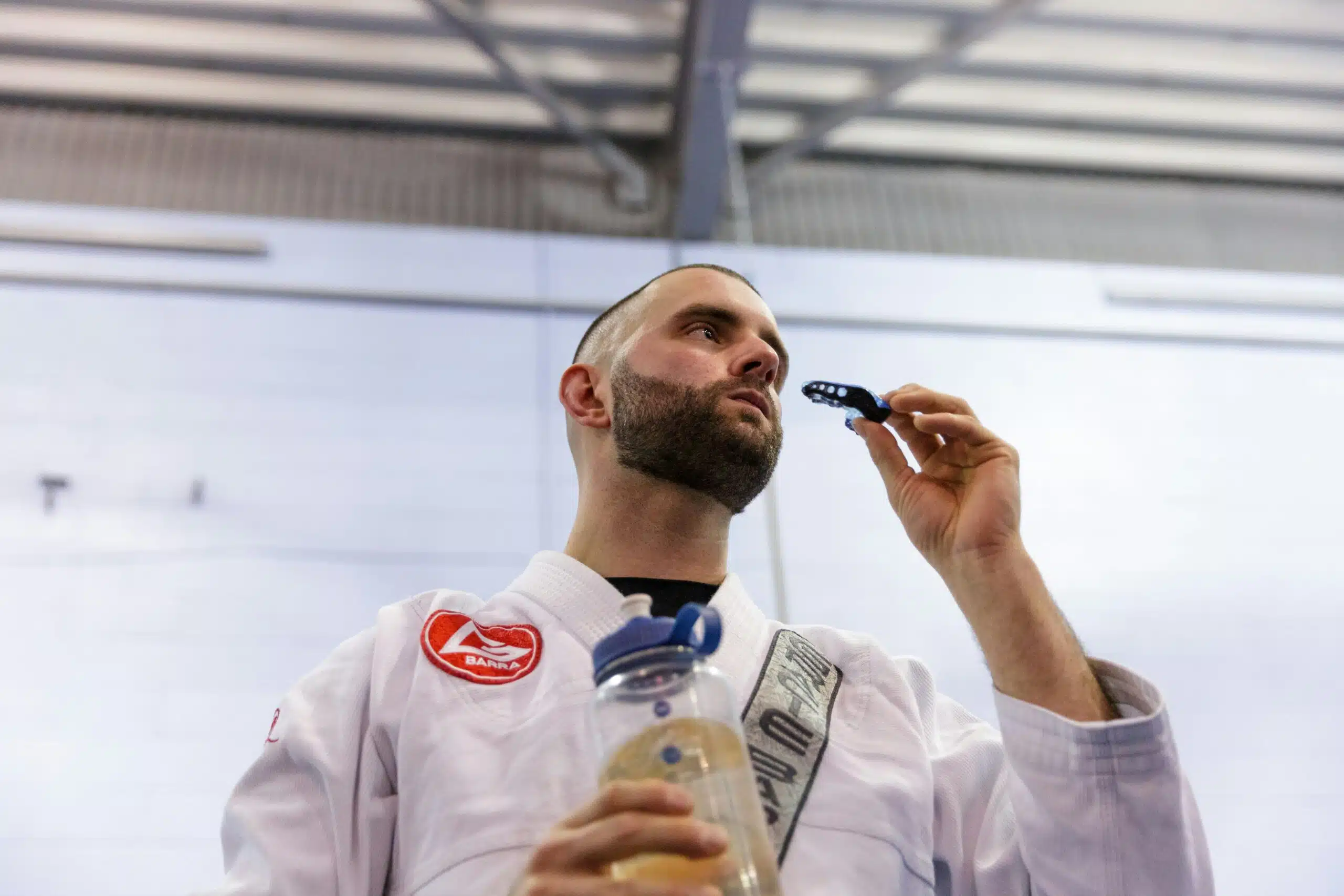
In the arena of martial arts, following a clear curriculum keeps students engaged and moving forward. Designing milestones and recognition schemes does wonders to motivate students. It’s not just about getting the next belt; it’s the attention to their individual growth that counts. By integrating digital platforms to track and celebrate their journeys, schools create an experience where every kick, punch, and stance deserves recognition. Belt ranking systems and structured progression are essential martial arts student retention strategies that can be the backbone of student retention, and technology can help spotlight every victory.
Designing Milestones and Recognition Schemes to Motivate Students
Setting clear goals for students and celebrating their achievements has a tremendous impact on motivation. Dojo parents’ eyes light up when their child reaches a new milestone, solidifying their commitment to the martial arts family. Incorporating an online platform where students can track their progress and earn digital rewards creates an engaging and transparent pathway to success, ensuring that their hard work never goes unnoticed.
The Role of Belt Ranking Systems in Student Retention
Over years of teaching martial arts, instructors have seen belt ranking systems’ clear role in keeping students motivated and committed. These systems, like the ones managed through software like Kicksite or Zen Planner, provide students with visible goals and a structured path that mirrors their skill progression. Implementing belt ranking systems is a crucial martial arts student retention strategy.
Seeing students check their status on a mobile app or receive notifications about their next evaluation date excites them. It’s tangible evidence of their hard work paying off. Experience has shown that when students anticipate their advancement, it becomes a personal goal. This engagement is key: it turns a student’s journey through the martial arts ranks into a compelling story where each chapter brings new challenges and skills to master.
Utilizing Digital Platforms for Tracking and Celebrating Progress
Using online platforms that merge data analysis with student progression can be a game-changer in martial arts coaching. By implementing these digital tools, schools can create a transparent system where students track their progress in real time, get rewarded for their achievements, and feel a surge of pride that keeps them pushing forward. This online recognition can be a powerful motivator, offering both instructors and students a clear view of the journey ahead.
Enhancing Student Retention Through Engaging Curriculum Design

Keeping students engaged in martial arts is all about exciting, varied lessons. Blending time-honored techniques with modern training methods works wonders for engagement. Mixing different martial arts to keep classes fresh and designing flexible lessons that accommodate various learners’ styles are strategic moves to ensure courses aren’t just places to train but spaces where every student feels their progress is a top priority. These curriculum design approaches are essential martial arts student retention strategies that ensure students remain engaged and committed.
Balancing Tradition With Modern Training Techniques
Fusing traditional martial arts wisdom with innovative training techniques keeps the curriculum dynamic and engaging. For example, while staying true to the age-old philosophies of discipline and respect, instructors can incorporate contemporary fitness trends like high-intensity interval training to enhance students’ athletic prowess. This blend honors the roots and appeals to modern students, sparking their enthusiasm and commitment to the martial journey.
Incorporating Cross-Training Opportunities to Maintain Interest
Introducing cross-training opportunities, like Brazilian Jiu-Jitsu ground techniques for self-defense classes or judo throws in striking routines, spices up the curriculum. This prevents the usual training ruts and reignites students’ passion for learning. Students become more versatile, embracing challenges that break the monotony and strengthening their loyalty to the school.
Developing a Flexible Curriculum to Cater to Different Learning Styles
Recognizing and responding to various learning styles is key when designing martial arts curricula. Lessons can be tailored to include visual aids for those who learn best by seeing, provide practice drills for kinesthetic learners who grasp concepts through movement, and engage auditory learners through verbal instructions and discussions. Developing a flexible curriculum to cater to different learning styles is an effective martial arts student retention strategy. This flexible approach ensures that each student finds a personal connection to the material, making their martial arts practice more engaging and increasing the likelihood of sticking with it long-term.
Strengthening Student Commitment via Community and Family Engagement
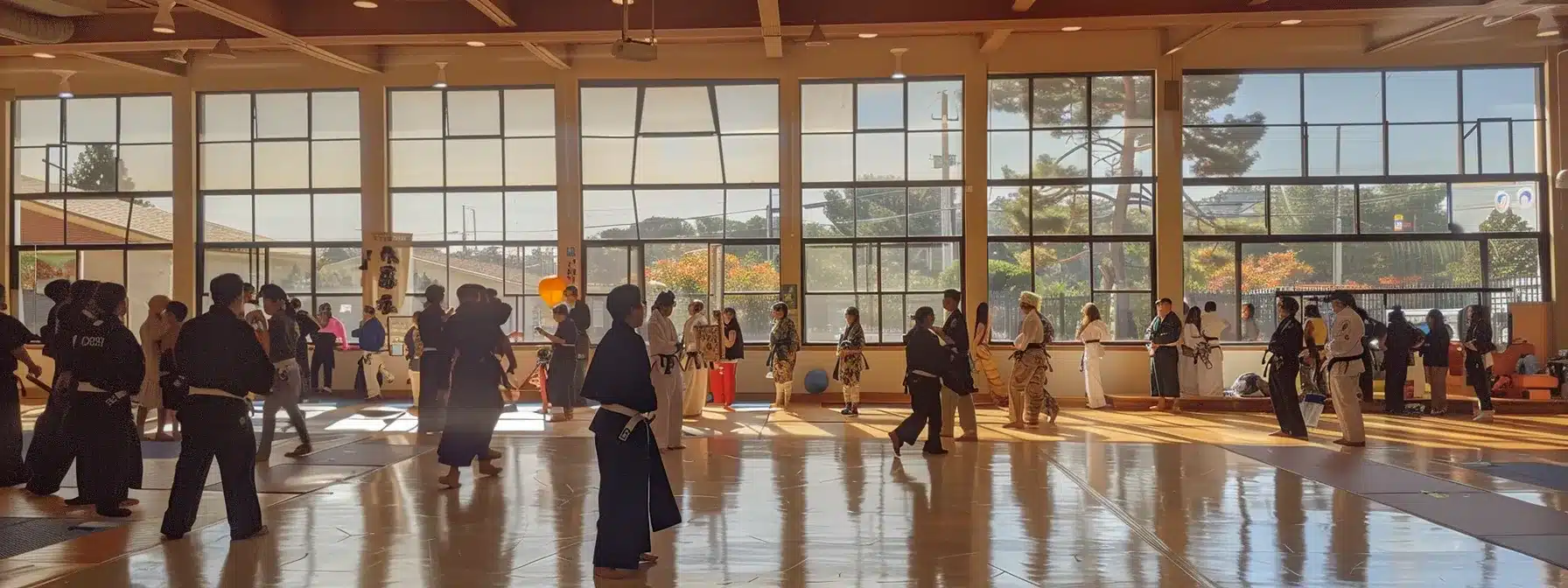
Community and family are key to boosting student commitment in martial arts schools. Organizing events that connect students and their families turns the dojo into a lively martial arts hub. Empowering parents to partner in their child’s journey, recognizing that support at home means steadier progress in class. Additionally, leveraging social media keeps the community engaged, celebrating every high kick and new belt together.
Organizing Events That Connect Students and Families With the Martial Arts Community
Hosting family-friendly martial arts events can be a game-changer for students’ sense of belonging. From potluck picnics to annual tournaments, these gatherings create memorable experiences that bond families and integrate them into the close-knit martial arts community. Organizing community events is a vital martial arts student retention strategy that strengthens commitment via community and family engagement.
Martial arts communities thrive through these events:
- Sparring Sessions – A joyful space for everyone to join in and learn from one another.
- Belt Ceremonies – Celebrations that honor students’ achievements with family pride.
- Open Houses – Showcases that highlight the school’s activities and welcoming culture.
By keeping events enjoyable and inclusive, schools can watch students’ enthusiasm soar and their commitment to martial arts strengthens alongside their families. It’s a win-win scenario: students gain a supportive environment, and the martial arts school builds a reputation as a thriving community hub.
Empowering Parents as Partners in Their Child’s Martial Arts Journey
When parents take an active role in their child’s martial arts education, the difference in the child’s dedication is clear. By offering workshops and informational sessions on how to support their child’s training at home and providing regular updates on their progress, schools position parents as pivotal to the students’ success. Empowering parents as partners is an effective martial arts student retention strategy that enhances student commitment.
Here’s how schools can bring parents into the fold in practical ways:
- Run parent-focused seminars on the philosophy and benefits of martial arts so they can reinforce these values at home.
- Offer clear guidance on how they can help with practice routines without stepping into the coach’s shoes.
- Encourage open communication, giving parents a voice in their children’s martial arts journey.
This approach transforms the martial arts school into a community where families grow together, and the art becomes a shared passion, fostering a deeper commitment to the practice.
Leveraging Social Media for Continuous Engagement and Community Building
Social media is invaluable for keeping everyone connected and engaged with the martial arts community. By regularly posting updates on class activities, student highlights, and upcoming events, schools can build an online space that encourages dialogue and strengthens relationships beyond the dojo’s walls. Leveraging social media is a modern martial arts student retention strategy that supports community building and continuous engagement.
Here’s an example of how social media can support community building and student retention:
With these social media strategies in place, students feel like they’re part of an active, ongoing story, one where their growth and successes are celebrated by the whole group, encouraging them to remain part of the martial arts family.
Maximizing Retention Through Effective Communication and Feedback Loops

Keeping that close-knit feeling in a martial arts school relies on excellent communication and feedback. Setting up open channels between instructors and students is a top priority. Regularly asking for and applying student suggestions improves the school’s offerings. When someone starts missing classes, personal tactics to reconnect with them can get them back on the mat. Effective communication and feedback loops are essential martial arts student retention strategies that maximize retention.
Establishing Open Channels of Communication Between Instructors and Students
Open communication is the lifeblood of a successful martial arts school. By setting up regular check-ins with students, schools ensure they feel heard and valued, whether that’s through face-to-face conversations, digital surveys, or suggestion boxes. By listening to their feedback and acting upon it, a culture of mutual respect and progress is fostered, which not only boosts student loyalty but also continuously refines teaching methods to better serve their needs.
Regularly Soliciting and Acting on Feedback to Improve Training and Facilities
It is essential to regularly ask students and their families for feedback on training programs and facilities. This hands-on approach creates an environment where everyone feels a sense of ownership and pride. By swiftly making enhancements based on their suggestions, such as updating equipment or revising class schedules, schools reinforce that their voice matters, which has a huge impact on how connected and committed they feel to the school.
Personalized Follow-Up Strategies for Absent or Disengaging Students
When a student starts missing classes or seems less engaged, reaching out with a personalized message can be effective. A quick check-in can often uncover any issues they’re facing, whether it’s scheduling conflicts or lost motivation. Personalized follow-up strategies are crucial martial arts student retention strategies for re-engaging absent or disengaged students. By showing care and offering solutions, such as a catch-up class or a one-on-one session, schools reaffirm their value to the martial arts community and encourage a return to active participation.
Continuously Training and Developing Instructional Staff
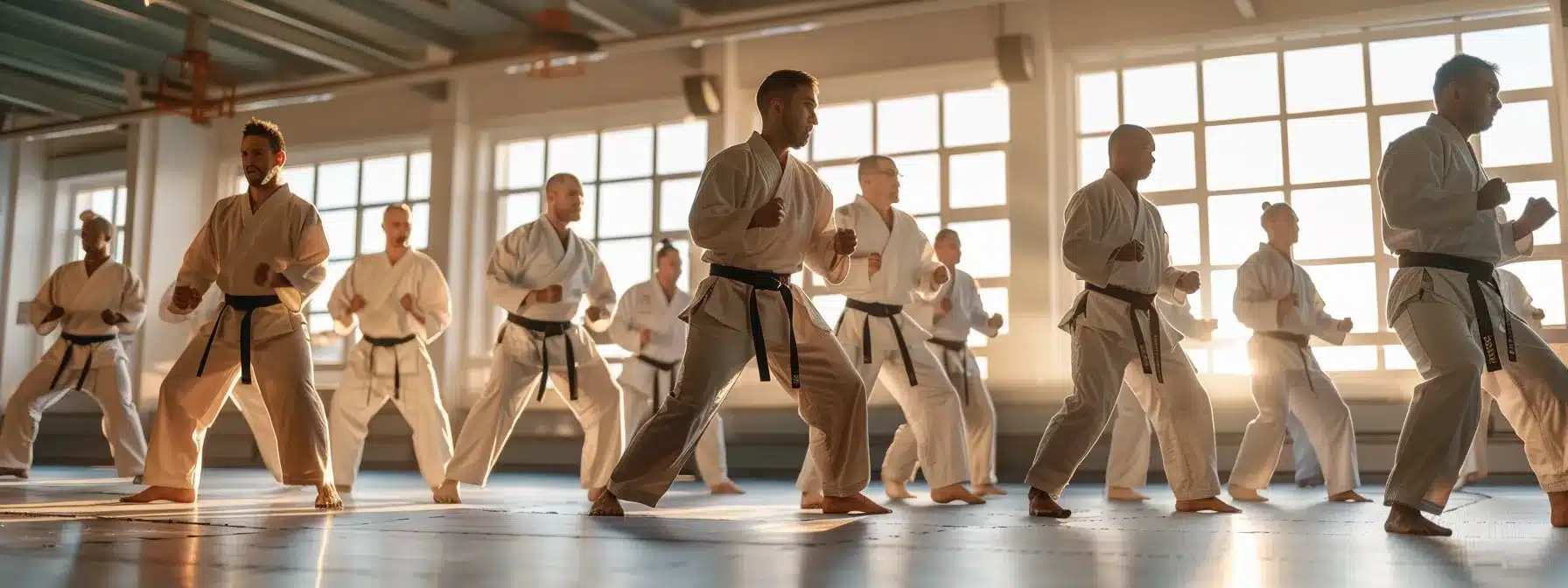
Just like martial arts students, instructors also need to keep growing. Focusing on professional development ensures the team stays sharp and students remain engaged. Implementing continuous learning programs that offer fresh teaching strategies and inject creativity into classes keeps the school at the top of its game. Continuously training and developing instructional staff is an important martial arts student retention strategy that ensures instructors can effectively engage students.
Importance of Professional Development for Martial Arts Instructors
Investing in professional development for martial arts instructors does more than just refine their skills; it boosts the entire school’s retention rates. By staying current with the latest training methodologies and psychological approaches to student engagement, instructors foster a more dynamic learning environment. This commitment to growth not only empowers them to deliver exceptional classes that students don’t want to leave, but it also elevates the school’s reputation as a leader in martial arts education.
Implementing Continuous Learning Programs for Staff
Implementing continuous learning programs for staff facilitates a vibrant teaching environment that students want to participate in. By offering ongoing certifications and workshops, instructors sharpen their skills and bring fresh techniques to the dojo, reinforcing the reputation as a cutting-edge martial arts school. This commitment to excellence keeps the team engaged, building a collective eagerness to innovate in student retention strategies.
Encouraging Instructor Innovation and Creativity in Teaching Methods
Fostering a culture of creativity among instructors goes a long way in keeping martial arts classes fresh and engaging. Encouraging the team to brainstorm and launch new drills that may integrate modern fitness trends or adapt traditional techniques ensures teaching methods are as dynamic as students’ evolving interests. Encouraging instructor innovation is a valuable martial arts student retention strategy. This approach not only nurtures professional growth but directly contributes to sparking students’ continued enthusiasm and commitment to their martial arts path.
The Continuous Improvement Cycle of Student Retention Strategies
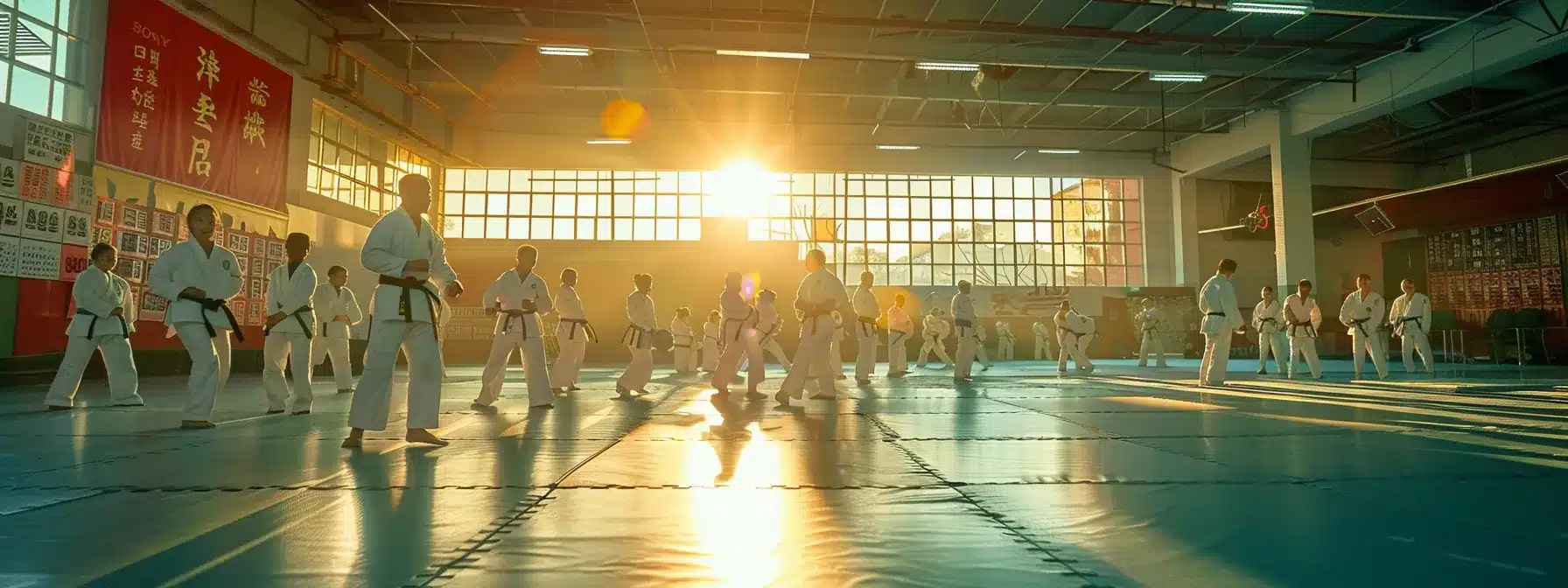
As the discussion wraps up, it is important to highlight the significance of constantly monitoring, assessing, and refining student retention strategies. A school committed to excellence and fostering an inclusive environment doesn’t just keep its doors open; it thrives. This continuous improvement cycle can significantly impact the martial arts community, and embracing a culture of excellence and inclusion isn’t just beneficial—it is essential.
Monitoring, Assessing, and Refining Retention Strategies Over Time
Regularly revisiting and updating student retention strategies is powerful. Not only should schools monitor the existing methods and assess their effectiveness, but they should also refine them over time to align with changes in student behaviors and industry standards. Prioritizing tactics that are fresh, relevant, and responsive to the evolving needs of students and the martial arts community is how schools stay ahead of the curve, ensure long-term engagement, and keep the dojo buzzing with dedicated learners.
Breaking down this process of continuous improvement:
- Keep track of attendance patterns and student feedback to gauge what’s working.
- Assess the data to identify trends and areas where enhancement is possible.
- Make adjustments to programs and communicate these changes, involving students in the evolution of the school.
This cycle of review and renewal is a cornerstone of success, cementing the dojo as a leader in martial arts education and a community where every member feels valued and supported on their martial path.
Encouraging a Culture of Excellence and Inclusion in Martial Arts Schools
Cultivating a culture of excellence and inclusion has a transformative impact. It’s about ensuring every student, regardless of their starting point, feels they have a place in the school and can achieve greatness. Encouraging a culture of excellence and inclusion is a fundamental martial arts student retention strategy that fosters commitment. This dynamic fuels their commitment, as they know instructors are not just teaching martial arts techniques but are passionately invested in their personal development and success.
Conclusion
Effective martial arts business coaching techniques are pivotal for nurturing a dedicated student base and enhancing school revenue. By creating a supportive community and a compelling curriculum, students remain engaged and motivated in their martial arts journey. Personalized onboarding and progression systems, alongside open communication and innovative teaching, are fundamental in fostering loyalty and long-term commitment. Embracing these martial arts student retention strategies ensures martial arts schools are not just educational hubs but thriving communities where every member’s growth and success are paramount.


